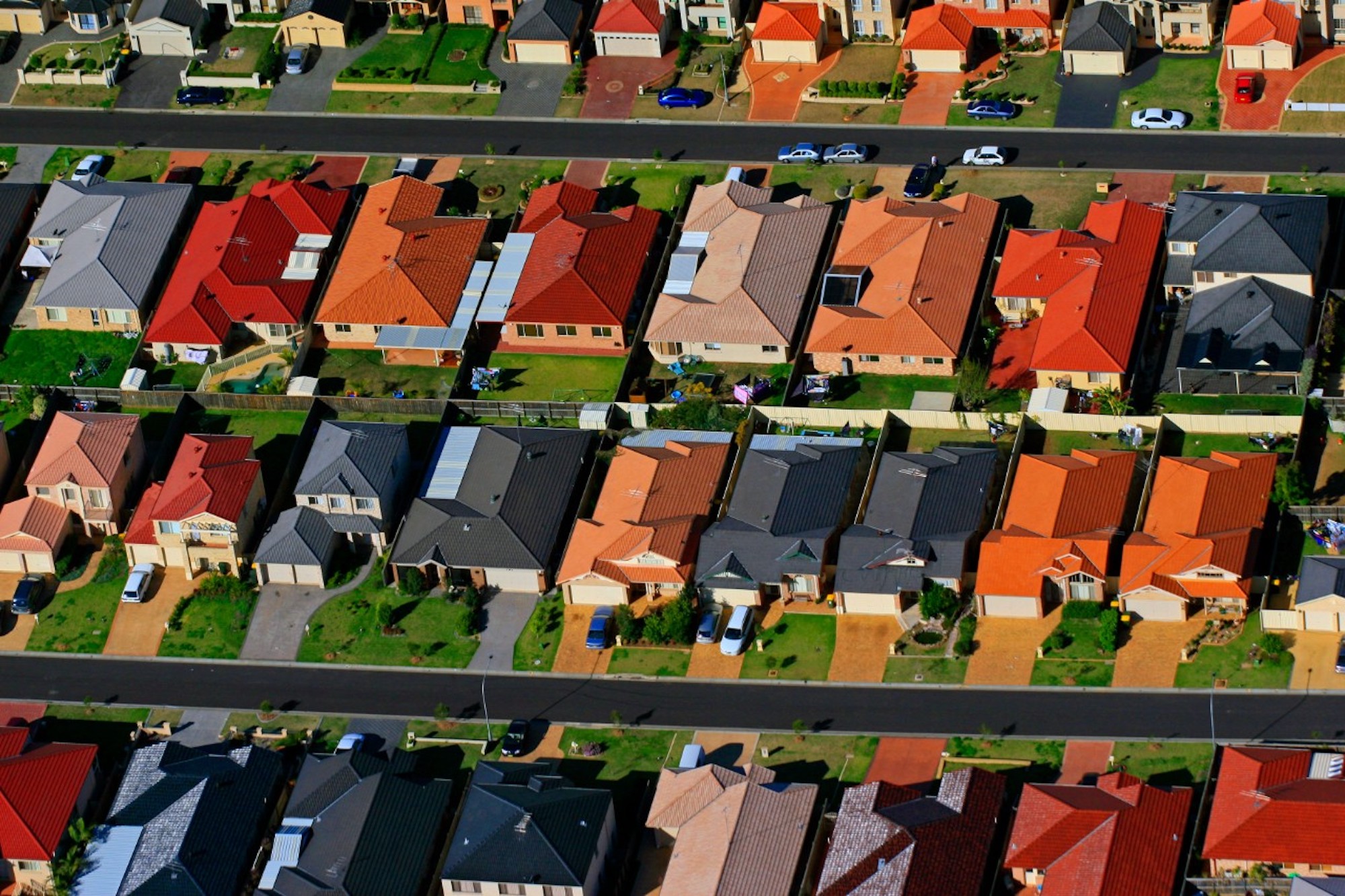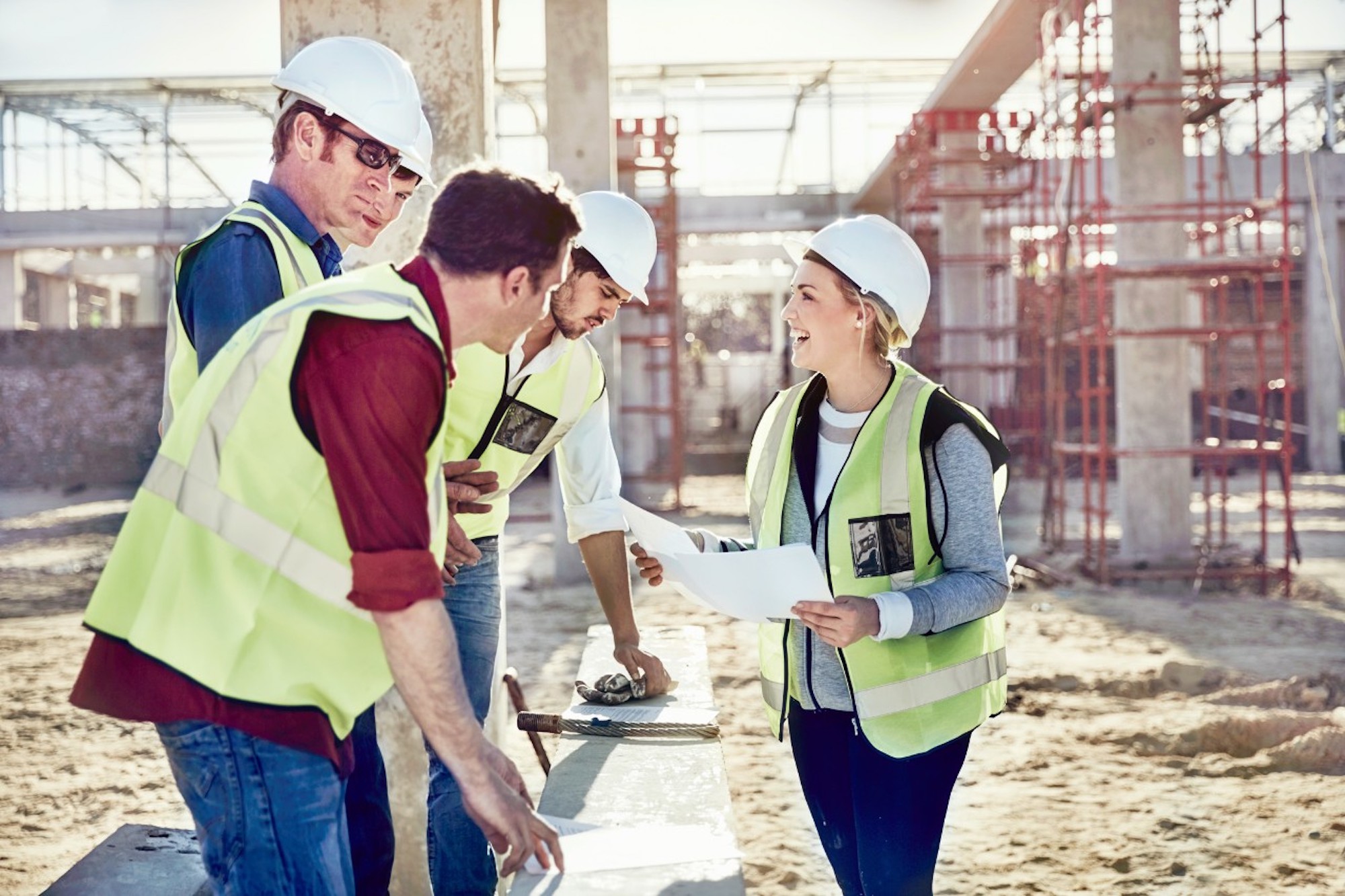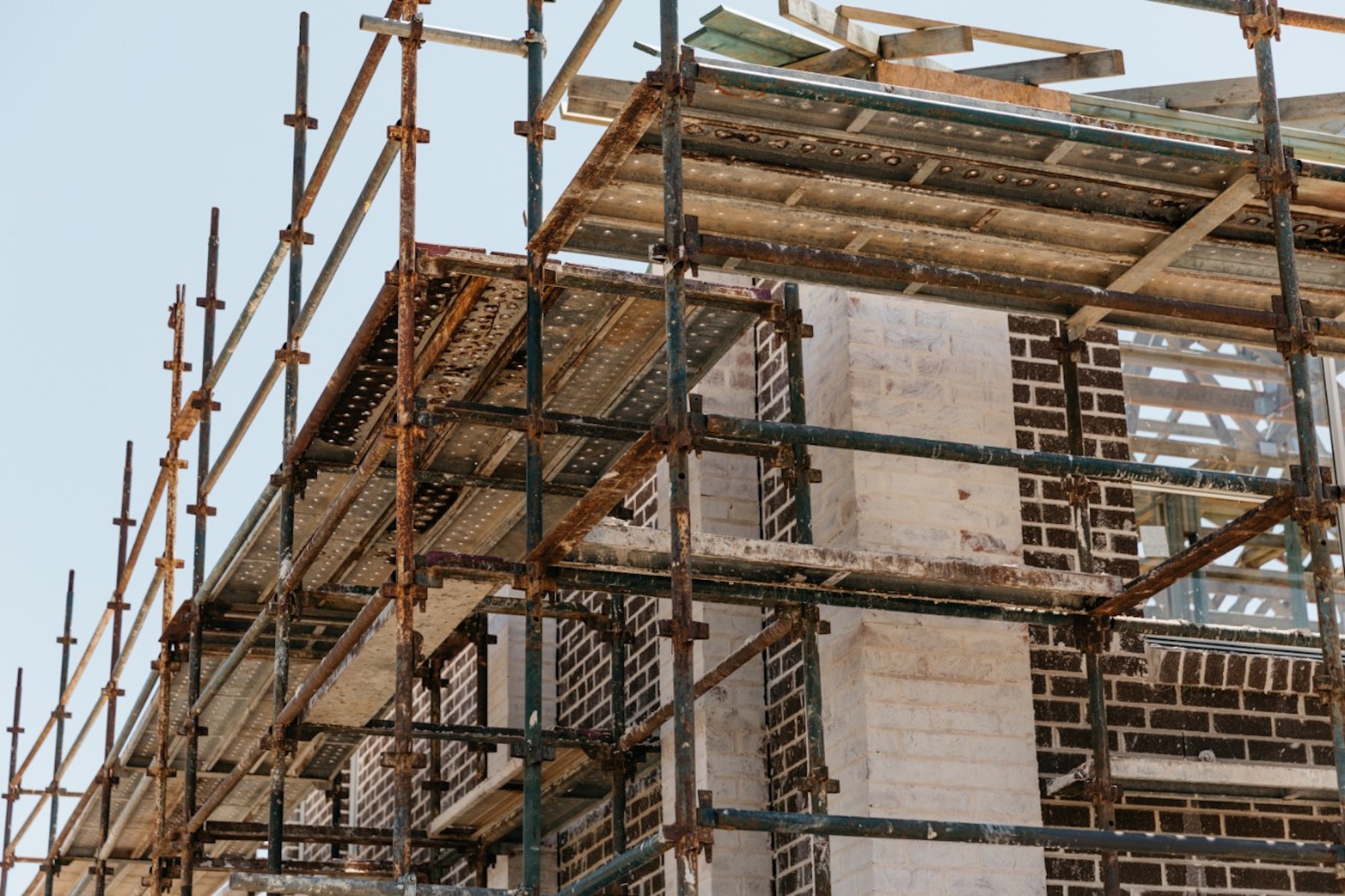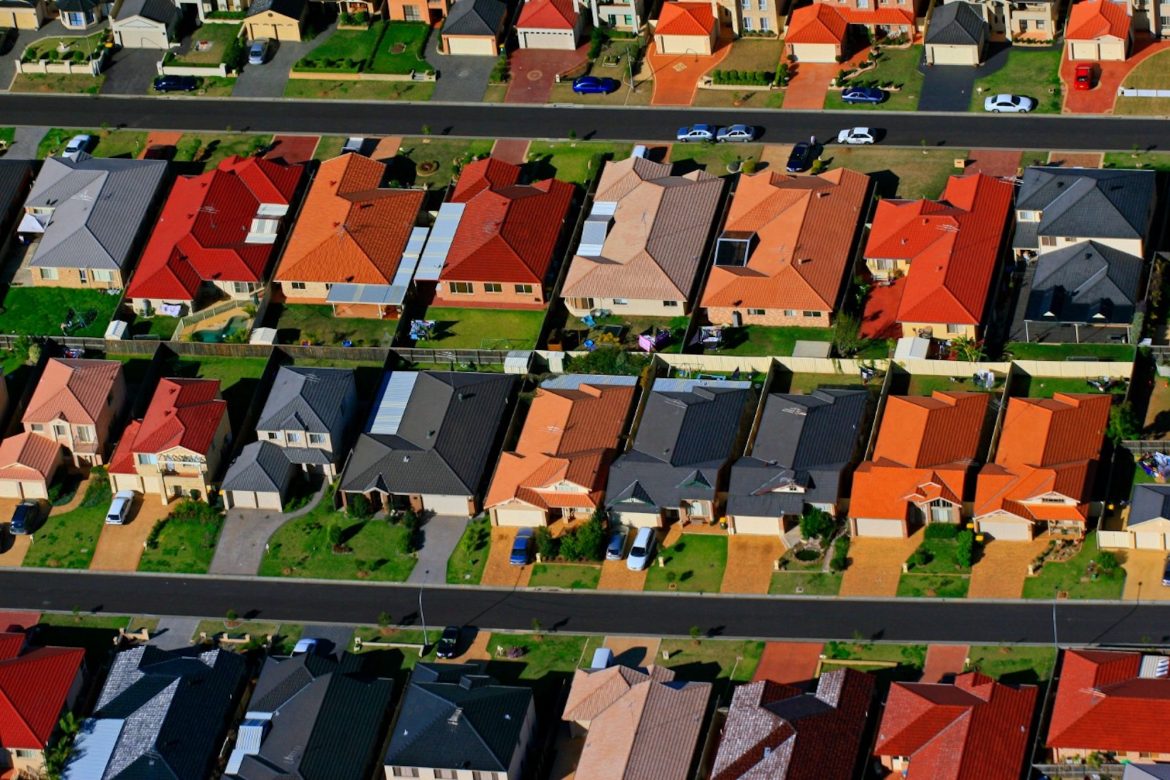Governments are heeding warnings of an affordable housing crisis in the wake of COVID-19, with New South Wales and the Australian Capital Territory announcing more investment in social and public housing.
But social housing advocates say more needs to be done to ensure communities are well equipped to deal with the fallout of the pandemic, with spiralling unemployment casting more Australians into need.
Last week, the Federal and NSW governments struck a deal to fund critical infrastructure that will fast-track 781 new affordable homes.
Under the agreement between the National Housing Finance and Investment Corporation and NSW Land and Housing Corporation, $100 million in loans and grants will be provided through the $1 billion National Housing Infrastructure Facility.

New South Wales is the latest state to announce a cash injection for social housing. Picture: Getty
“By delivering the roads, water, sewerage, electricity, and telecommunications these developments need, 781 new social and affordable homes will be built at significant development sites throughout Sydney,” Water, Property and Housing Minister Melinda Pavey said.
“This agreement will expedite new social and affordable housing construction… and will help further stimulate Sydney’s residential construction sector during the COVID-19 pandemic.”
Earlier this month, the ACT Government announced additional funding of $61 million to build at least 260 homes for needy Canberrans.
“The ACT Government believes every Canberran, no matter their circumstances, should have access to safe and affordable housing that suits their needs,” Chief Minister Andrew Barr said. “This new investment will ensure that Canberra’s public housing stock can meet demand as this city grows.”
The Federal Government needs to follow suit
National Shelter executive officer, Adrian Pisarski, welcomed the announcements, but called on the Federal Government to come to the party with more affordable housing.
“We need a major stimulus investment in social housing to deal with the significant backlog,” Mr Pisarski said.
“We know that the construction industry is looking really thin going forward, so building social housing creates work for construction as well as providing much-needed affordable housing in the community.”
Mr Pisarski said pre-COVID projections had shown a need for at least 500,000 additional dwellings and expected that number to increase considerably given rising unemployment and the second wave of the pandemic in Victoria.
“There is a strong case to start rebuilding via a social housing stimulus package of at least 30,000 new builds,” he said.
“But that would only be a start to a major program of building both social and affordable housing, acquiring distressed properties, upgrading existing ones and head-leasing from the private market for social and affordable housing, especially to house the more than 7000 people who are now in hotels and were formerly rough sleeping.”
Mr Pisarski said social and community housing providers should also be seeking alternative opportunities to secure more housing, including purchasing distressed properties and investments that the owners can no longer afford to maintain.
“We should be looking to acquire those, bring them into the community housing sector and use them for social and affordable housing.
“We could even be considering a shared equity program, similar to the Keystart program [a low deposit home loan scheme] in WA. We could be acquiring a share of that equity and people could maintain their own housing but not be in that negative equity position where banks want to foreclose.
“Those sorts of initiatives ought to be possible.”
Modelling conducted by National Shelter and the Community Housing Industry Association in June showed that investing in a four-year social house-building program to deliver 30,000 homes would create up to 18,000 full-time jobs a year.

New modelling shows investing in a four-year social house-building program would create up to 18,000 full-time jobs a year. Picture: Getty.
The Social Housing Acceleration and Renovation Program (SHARP) comprises four phases, including social housing maintenance and upgrades, acquisition of sites and properties requiring renovation, shovel ready developments and longer-term new developments.
“The construction industry employs around 1.2 million people, which is over 9% of Australia’s 13 million jobs,” Mr Pisarski said.
“Because of COVID-19, there has been a 40% reduction in forward contracts and SHARP is exactly the medicine the sector needs that will start to correct our social housing shortfall.”
COVID-19 has shone a light on homelessness in Australia
Australian Council of Social Services chief executive Cassandra Goldie said the COVID lockdowns had exposed the scale of homelessness and rough sleeping in Australia, both as a social problem and a health risk.
In the last census, the Australian Bureau of Statistics estimated at least 116,000 people were homeless, sleeping rough or in overcrowded and insecure accommodation.
“Research indicates there is a national shortage of just over 400,000 homes that are affordable for people who are homeless or living on the lowest incomes,” Dr Goldie said.
“More public and community housing is the most cost-effective solution to chronic homelessness.
“The affordable rents, security of tenure, and other supports available to financially vulnerable people in social housing reduces their risk of homelessness by more than half.”
Dr Goldie said ACOSS advocated a $7 billion public investment to construct 30,000 social housing dwellings, which would have additional benefits for the construction sector.
“For every dollar invested, it is estimated to boost GDP by $1.30,” she said. “Importantly, housing construction can be undertaken quickly and can be undertaken safely while maintaining degrees of social distancing.”

It’s estimated that every dollar invested in social housing could boost GDP by $1.30. Picture: Getty
It comes as research by the University of New South Wales City Futures Research Centre earlier this year found Australia’s social housing stocks were dwindling.
The report found the social and affordable housing shortfall in 2019 was 600,000 units and was projected to reach more than 1 million by 2036.
Anglicare Australia’s 2020 Rental Affordability Snapshot, published in April, showed just 1,040 rentals of almost 70,000 properties surveyed – 1.5% – were affordable for a recipient of the JobSeeker payment, which was doubled in the wake of COVID-19.
The snapshot surveyed almost 70,000 rental listings from across Australia and found there continued to be a chronic shortage of affordable rentals, even despite increases in welfare payments to support those affected by the pandemic.
Without the payment increase, just nine rentals of the 69,997 surveyed would have been affordable for jobseekers.
The post NSW, ACT boost social housing – but more needed to deal with post-COVID fallout appeared first on realestate.com.au.

